Polyester capacitors, also known as Mylar capacitors, are a type of film capacitor that use a polyester dielectric for insulation. They offer high stability, reliability, and low cost, making them ideal for general-purpose applications. These capacitors have low leakage current, moderate temperature stability, and good insulation resistance.
This Polyester Capacitor Assortment includes 180 pieces of capacitors in 15 different values, ranging from 1KpF to 470KpF. These capacitors are ideal for general-purpose applications, including signal coupling, filtering, and timing circuits.
Capacitor Symbol:
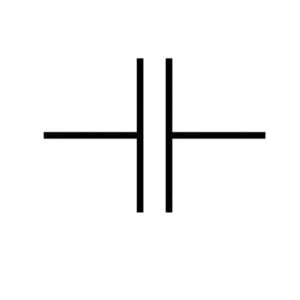
Polyster Capacitor Structure:
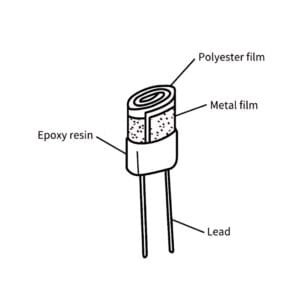
Polyster Capacitor Part Code:
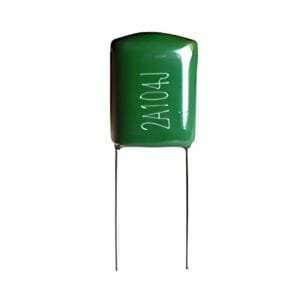
The value on the capacitor starts with a number and a letter “2A” which represents the value of the maximum working voltage, then the set of 3 numbers “104”, which represents the reading in Picofarad, followed by the letter “J” representing Tolerance
- 2A – Which is the value of your maximum voltage
- 104 – What is your capacitance in pF
- J – It’s your tolerance
The first two initial 2A digits refer to Maximum Voltage, we can use the complete EIA table codes that indicate the maximum capacitors work voltages in direct voltage (DC).
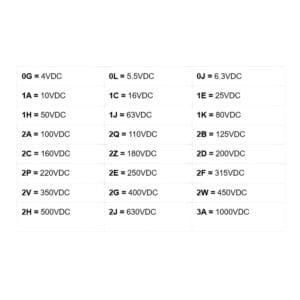
The next three digits refer to its capacitance, in the case as already exemplified 104 = 10 + 4 zeros, which is equal to 100,000pF = 100nF.
The last digit is the Letter “J”, right after the three digits, determines the tolerance of the component.
It is interesting to note the fact that some letters correspond to “asymmetric tolerances”, such as “P”, that is, the component may have a capacity greater than indicated, but not less.
This type of tolerance is used with “filter” capacitors, where a value possibly higher than indicated does not minimize circuit operation, as we can see below.
B = ± 0.10pF C = ± 0.25pF
D = ± 0.5pF E = ± 0.5%
F = ± 1% G = ± 2%
H = ± 3% J = ± 5%
K = ± 10% M = ± 20%
N = ± 30% P = ± +100%, – 0%
Z = ± +80%, – 20%















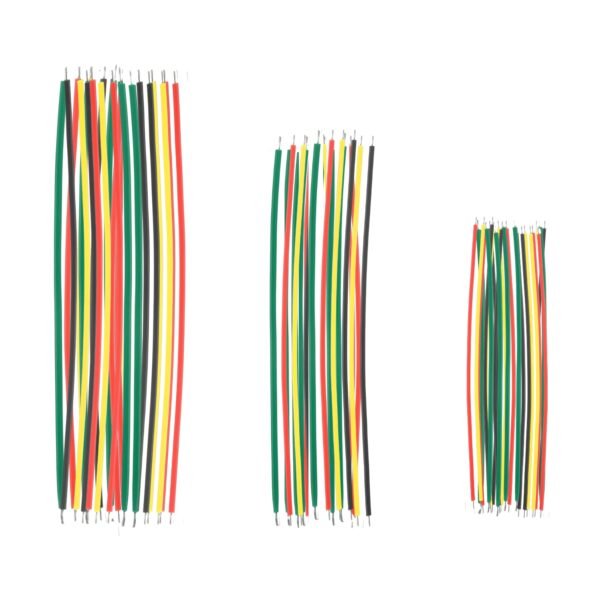
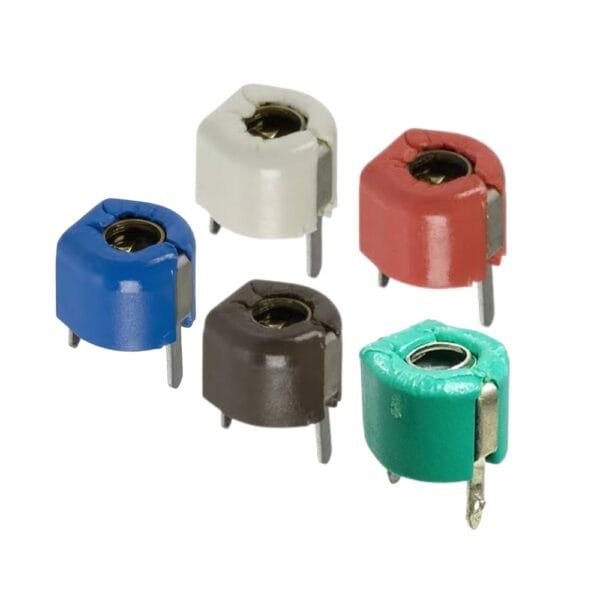

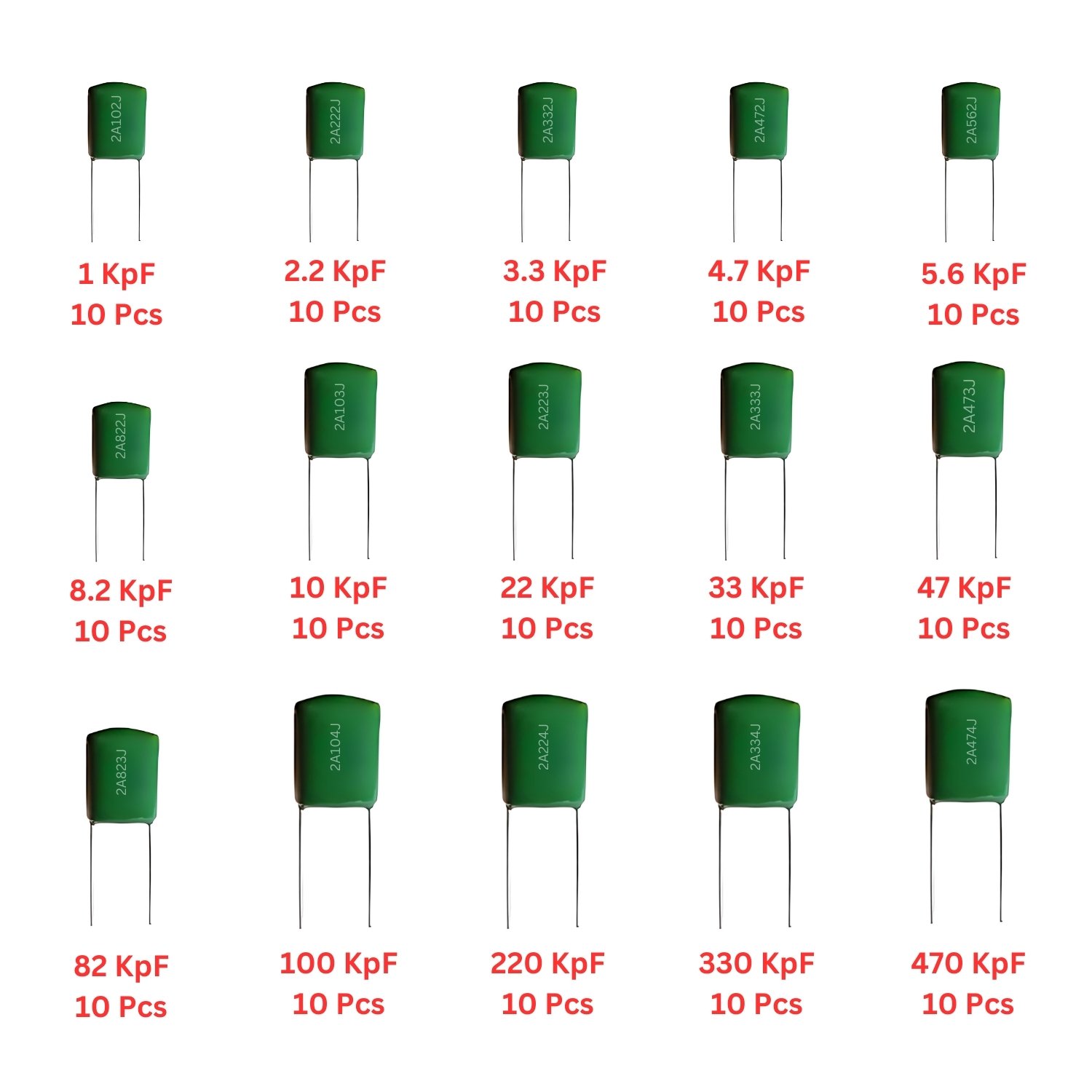
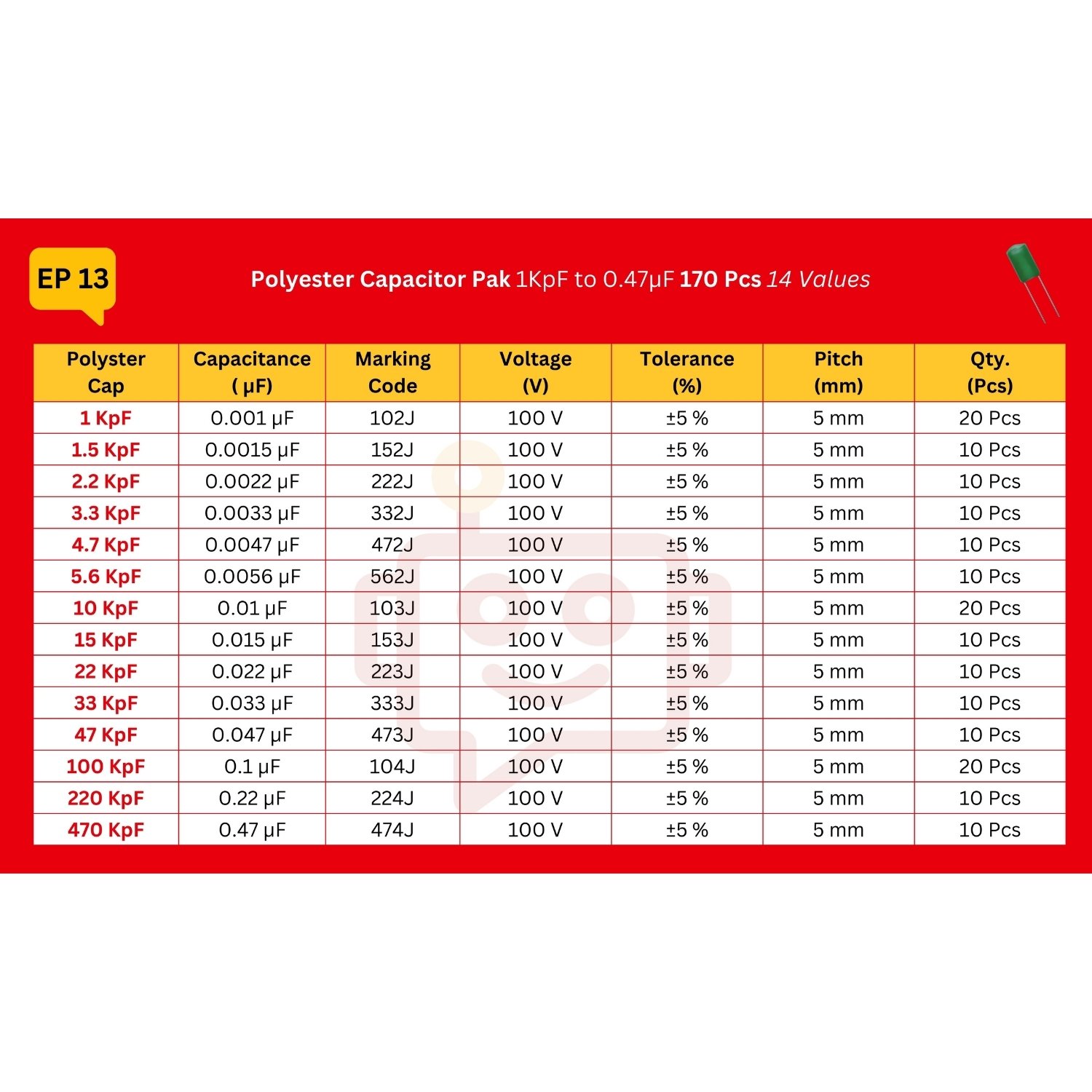
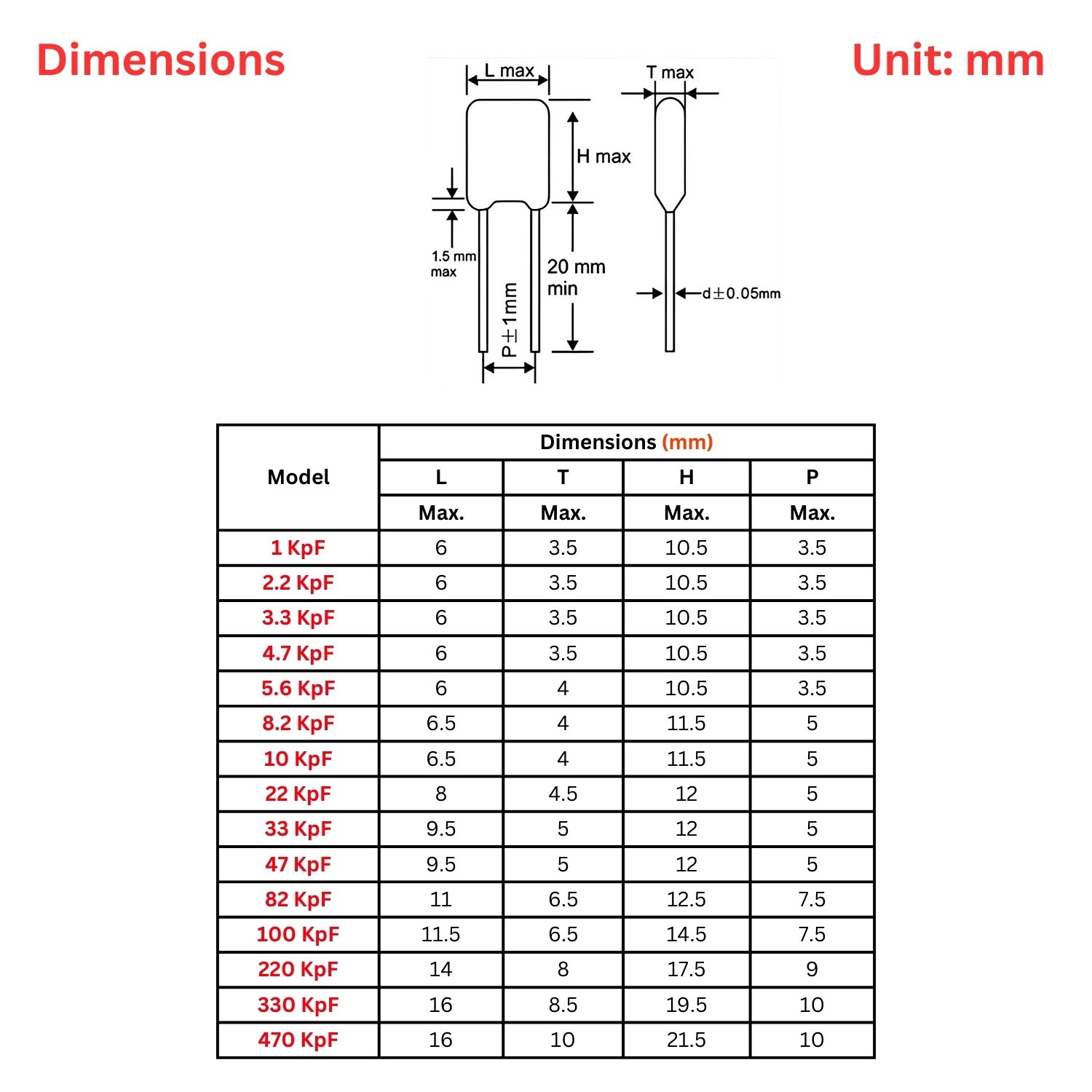
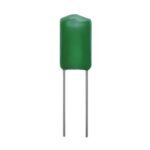

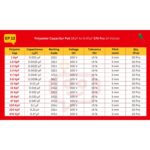
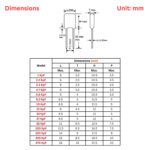
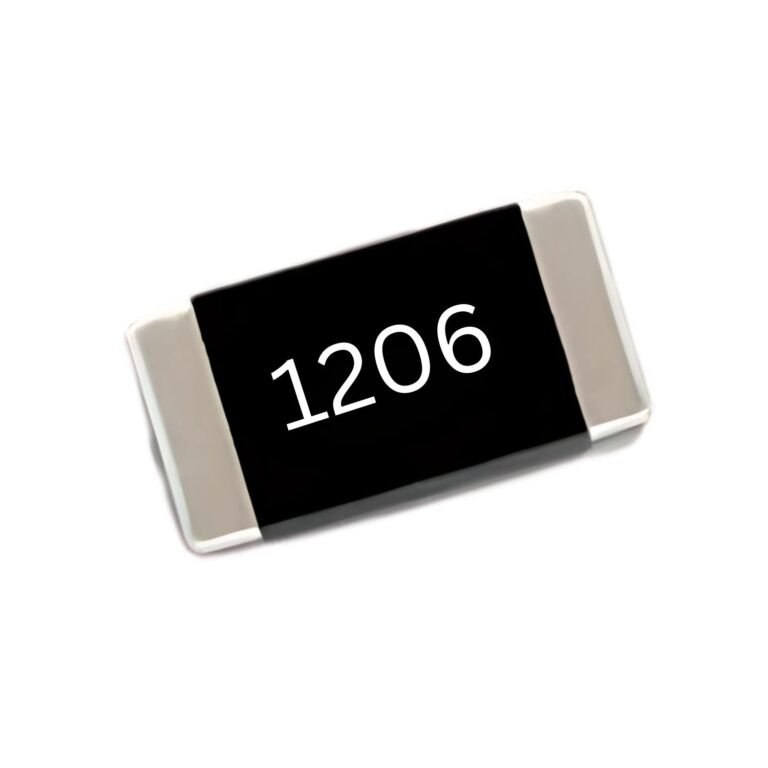
Reviews
Clear filtersThere are no reviews yet.